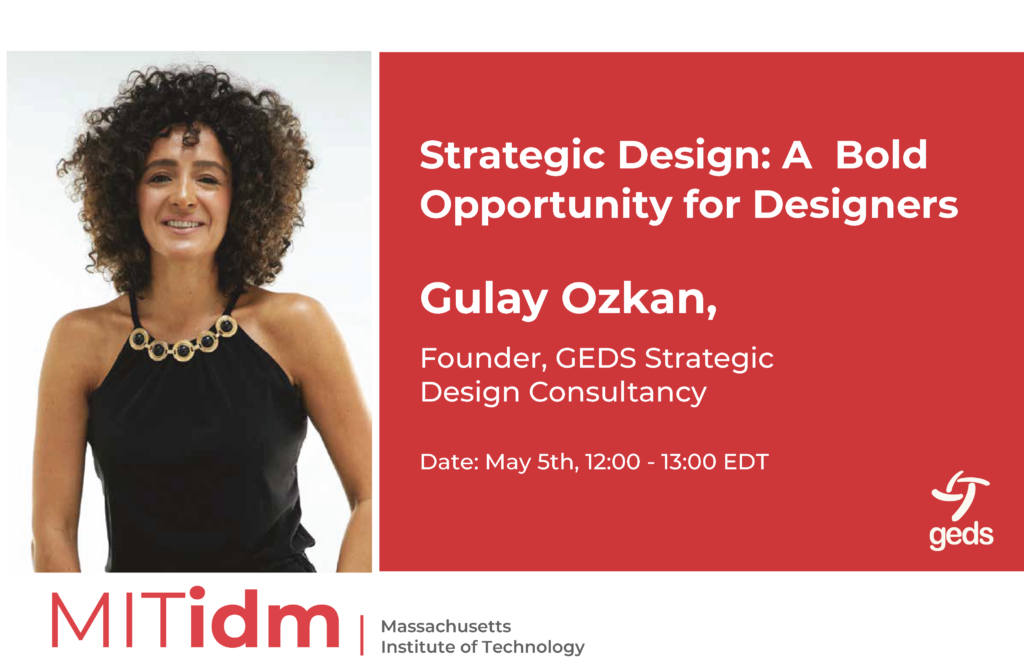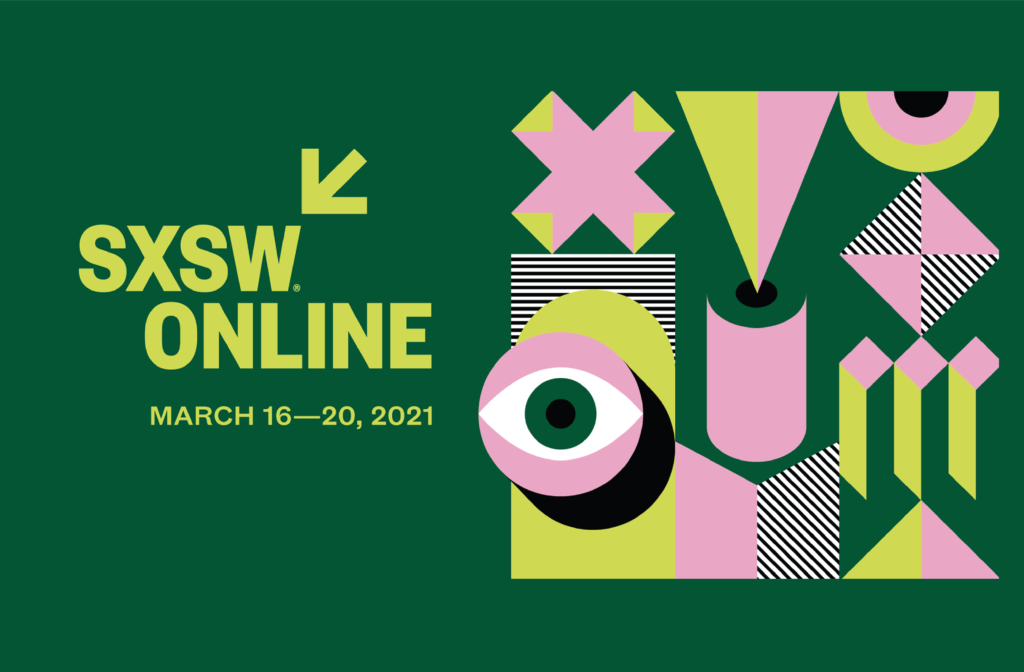Nine years ago Airbnb was on the verge of bankruptcy. Like many of the startups that were trying to create ripples in the business industry, they were practically unknown. Their revenue was nowhere near being profitable and the three founders of the company were being financially crippled by the losses. What was the problem here? A company that was once thought to revolutionize the tourism industry was on the verge of collapsing. The founders decided to take an in depth look at the problem and began to examine their ads published in New York City to see if they can discover a pattern; and indeed they did: People were hesitating or not booking rooms at all because they couldn’t see the apartments properly due to the fact that owners were taking pictures with their smartphones and unfortunately, they were not in good shape. Low quality images that shows only some of the features of the apartment were not enticing for the tenants and left them with questions. The solution was simple, intuitive, and extremely effective; they went to New York, spend time with the owners in their homes, and took high quality and detailed pictures. A week after enhancing the pictures, their weekly turnover was doubled. Instead of spending months in front of computers to come up with new features, they followed a different set of problem solving principles that are natural to humans: empathize, define, design, prototype and test.
The essence of design thinking lies in the center of understanding humans. Emphasize and experiment. I guess design thinking would not be a suitable problem solving method for psychopathic designers. After all, understanding the needs, desires, fears, worries, affections and various other emotions of the user is fundamental for anyone who wants to utilize design thinking methodology. Thinking like a designer can propel the way companies develop products, services, and strategy. It is a process of, not just problem solving, but doing so creatively. Businesses may face problems with many existing incremental solutions but very few finds innovative ways to do it. This requires rigorous work and creativity. However, creativity does not just magically appear out of the ether. Creativity has a structure, just like any other process. You should have copious amount of relevant information. This information must be digested and turned into knowledge, so that we can connect the dots. This, connecting the dots, is what we call the creative outcome. But how do we know what we created will be a successful solution to the problem that we are trying to solve? Experimentation is as powerful as any road that leads to discovery. Organizations who use design thinking as their methodology do not fear following a non-linear path. Learning, creating, prototyping, testing, failing, learning more, re-creating, testing again.. These are the steps that creative companies go through while trying to think like a designer. It may seem inefficient, however, design thinkers like to fail often and early in the process, so that organizations learn faster and reduce the risk associated with new ideas.
The learning process must be fast because fuzzy problems, sped-up schedules, and a lack of patience are common conditions in the design world, and these can often lead to unsuccessful outcomes. There are no more isolated problems; designers deal with systematic behaviors, not just human behaviors, that involve social, technical, environmental, economic, and political systems (STEEP). Doing research with the goal of understanding these systematic behaviors, demands being comfortable with uncertainty in the early stages in order to attain tangible insights in the end, with limited amount of time in hand. This is where design research with abductive reasoning comes into play. A design researcher must be more of a sprinter than a marathon runner. Observe what you can and what you must, synthesize the data into digestible parts, draw insights and get it ready for creativity. This type of research is tailor made for design thinkers who have to work with many moving parts.
Design thinking is neither “a science” nor “scientific”, although many would like to treat it that way. It allows designers to tap into a much deeper and nuanced understanding to the behavioral processes of humans, which in the end help create boundaries for the problems that they are trying to find solutions to. The ethos of design thinking methodology is plausibility. This is what separates scientific method from design thinking method. It will not necessarily provide certain truths, or definitive solutions to problems. There will always be some ambiguity, some room to experiment, and some good ideas.
Kaan Yaylalı
If you have questions or comments you can contact with us.




